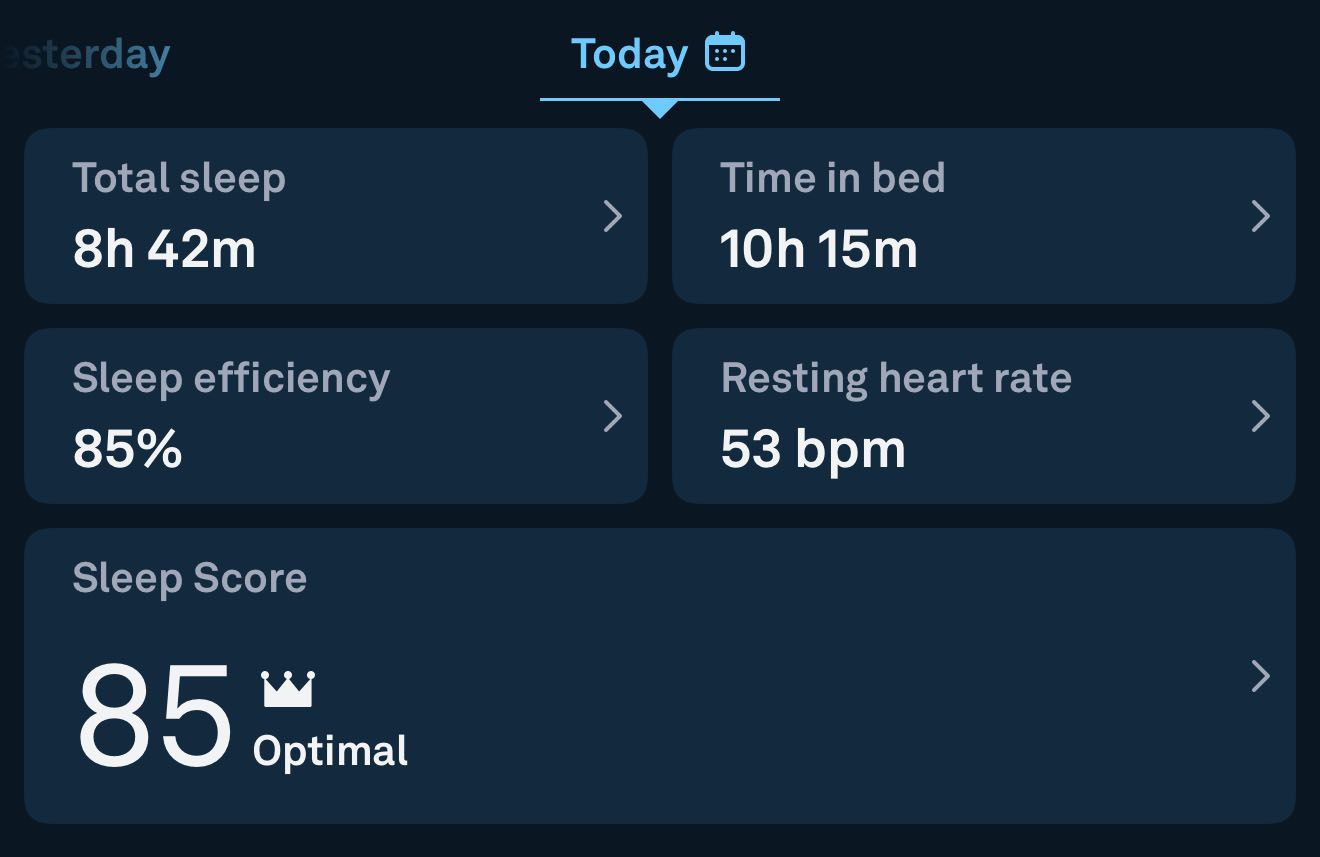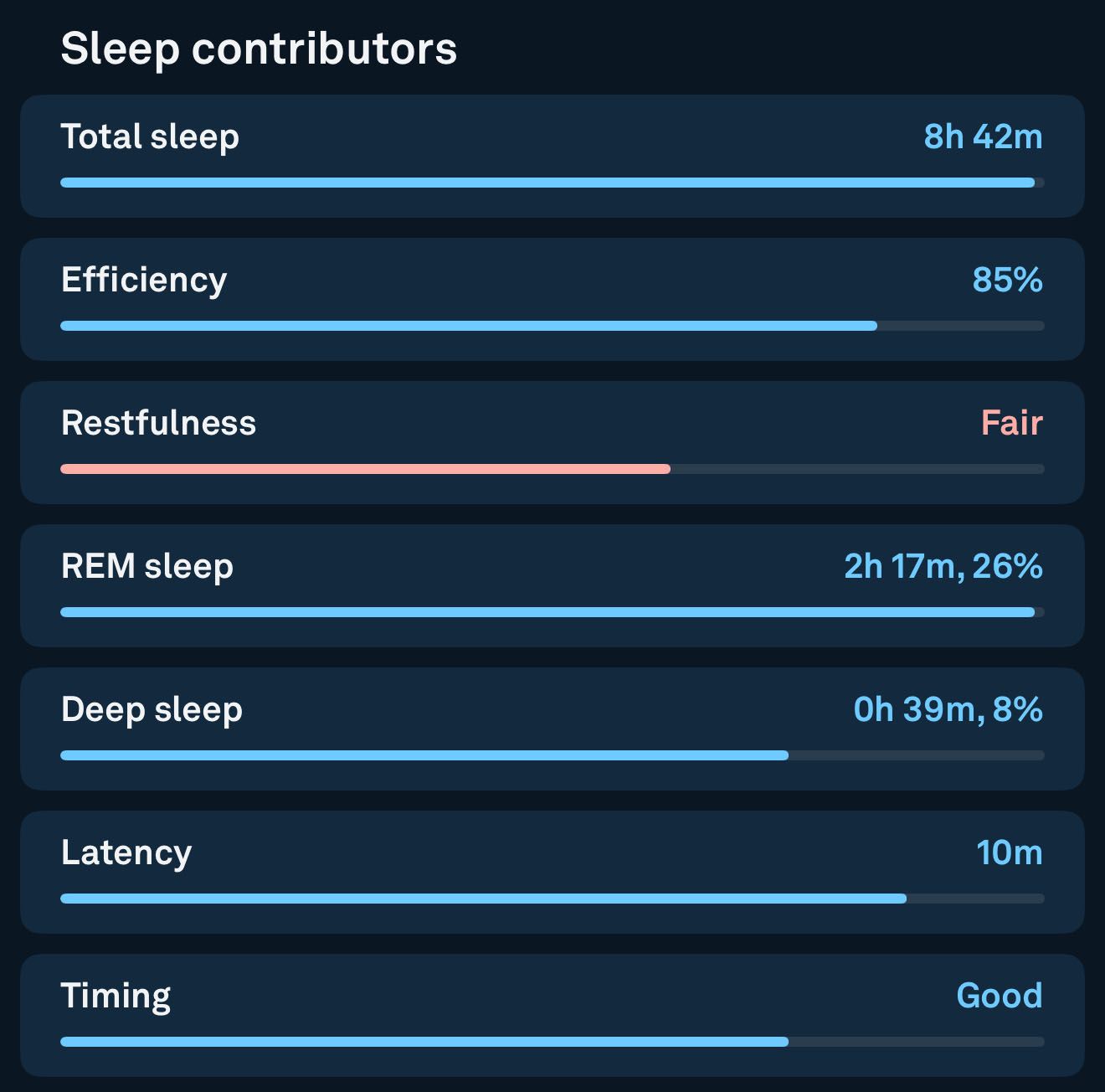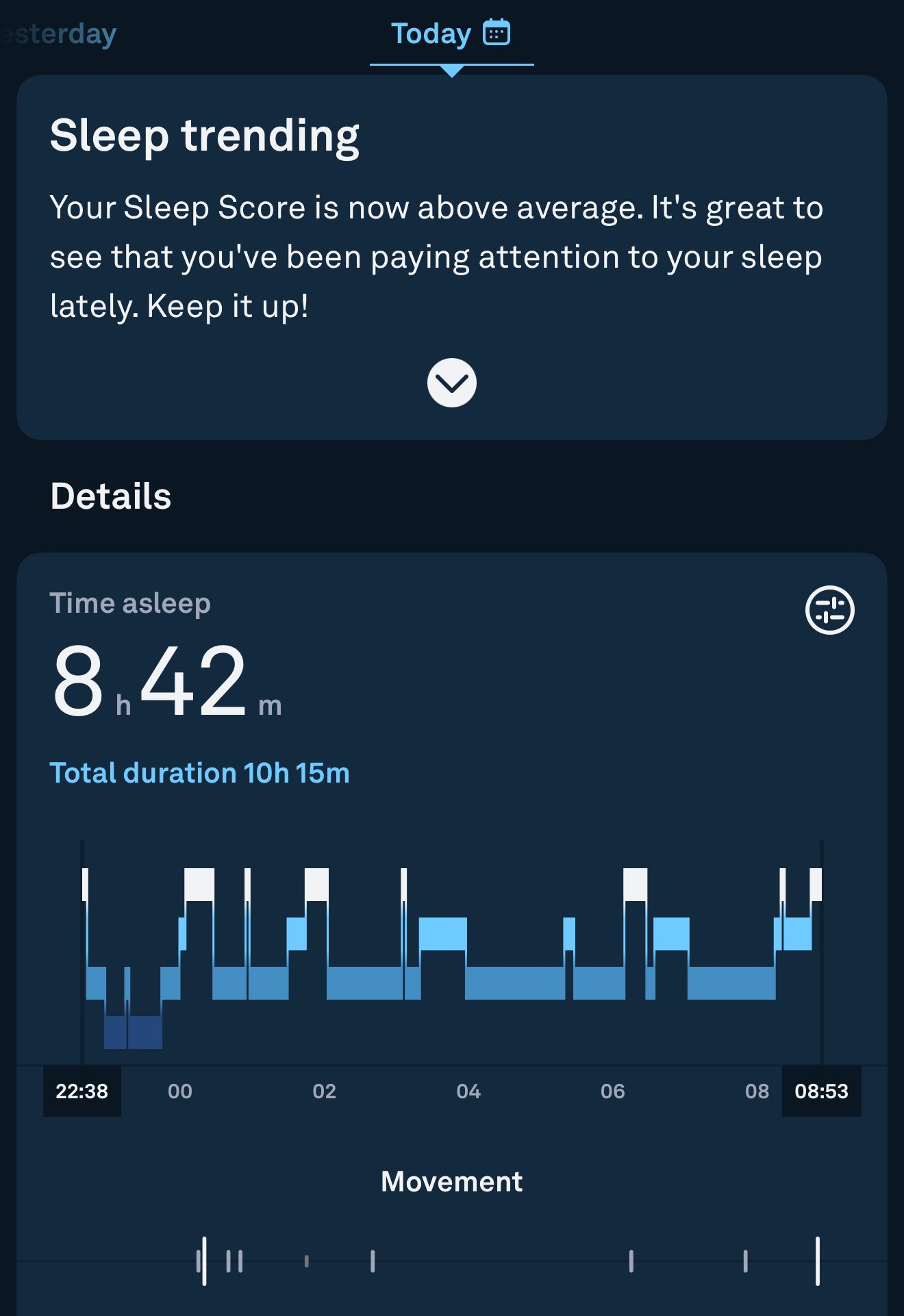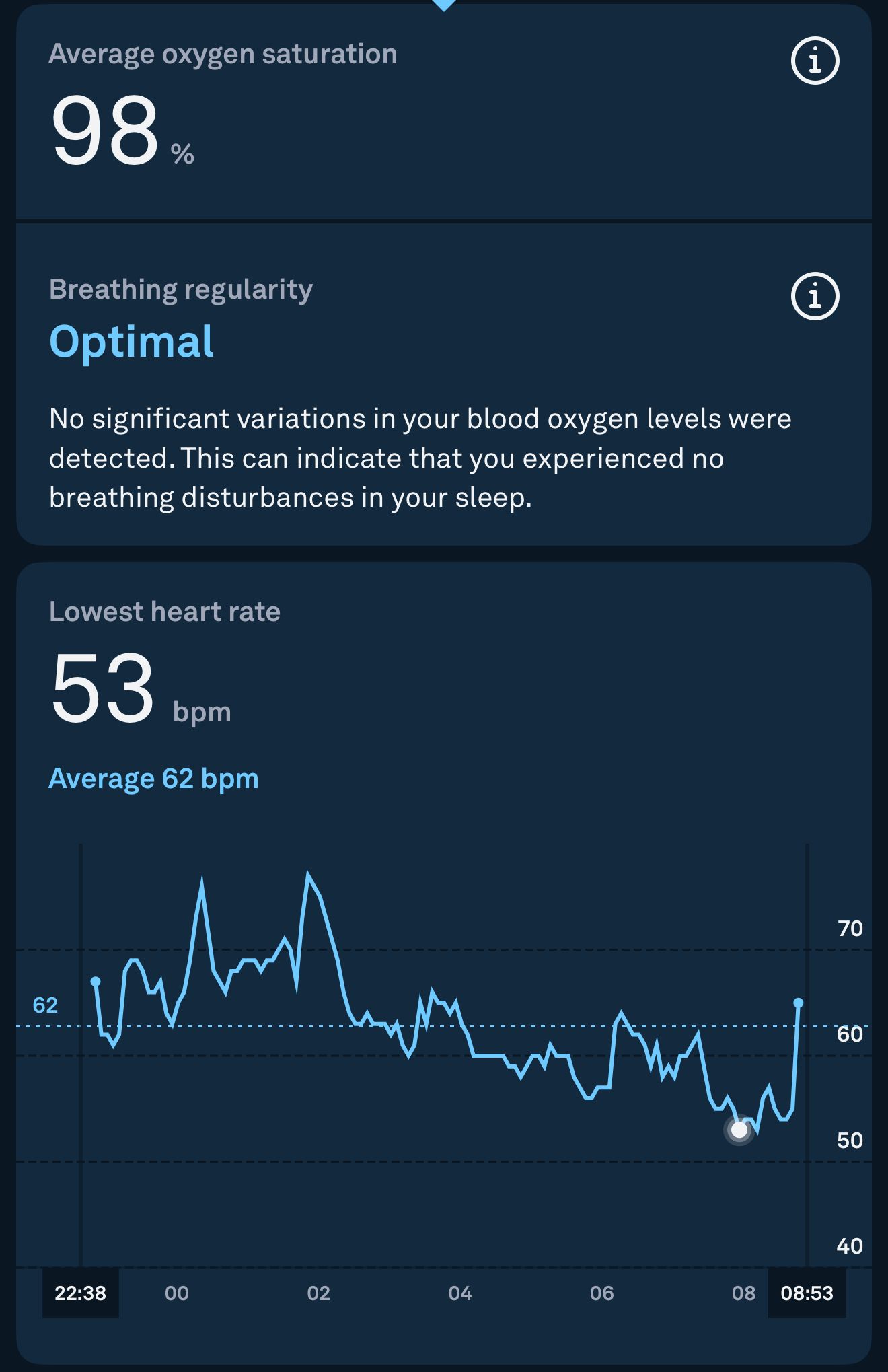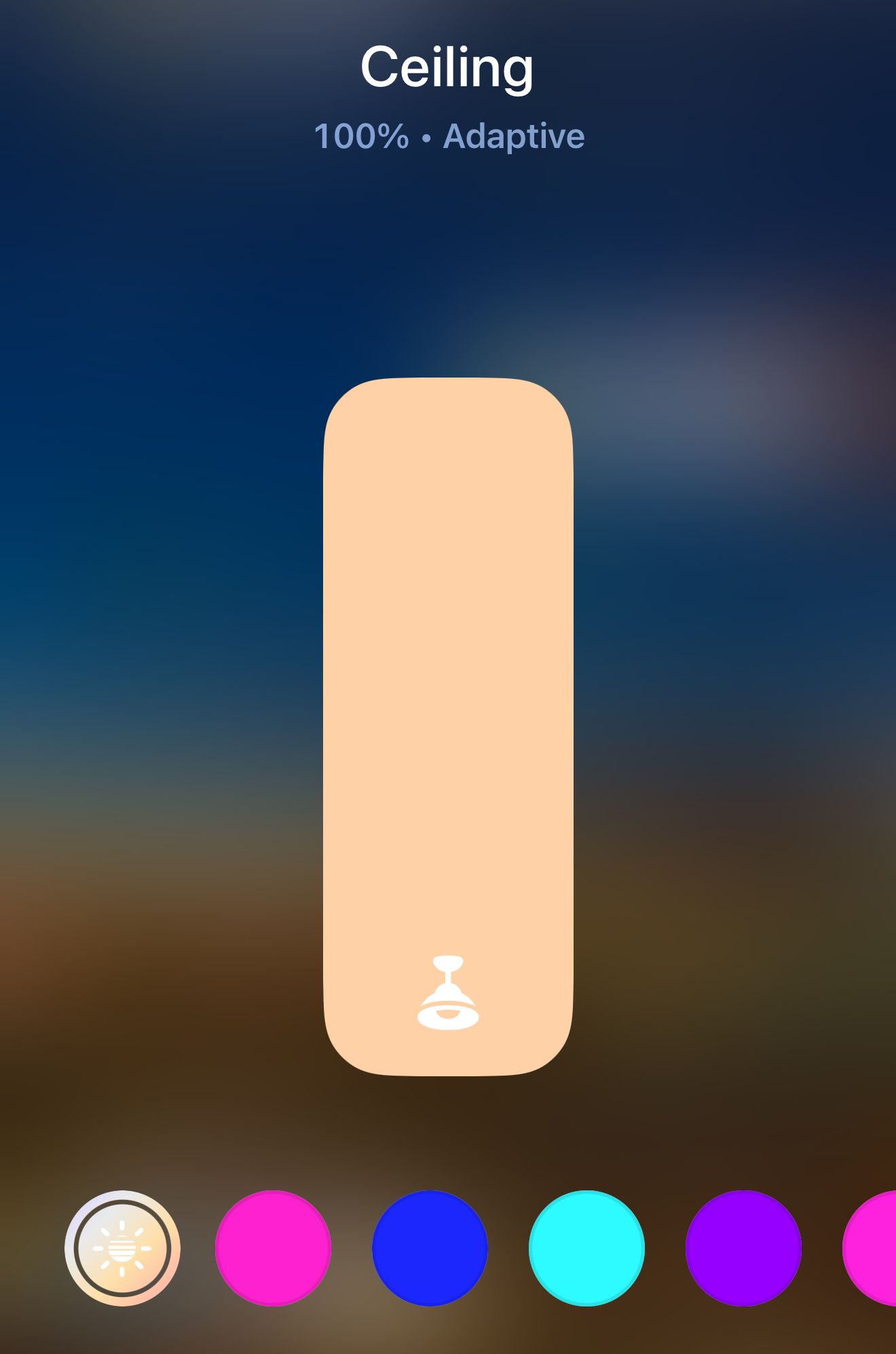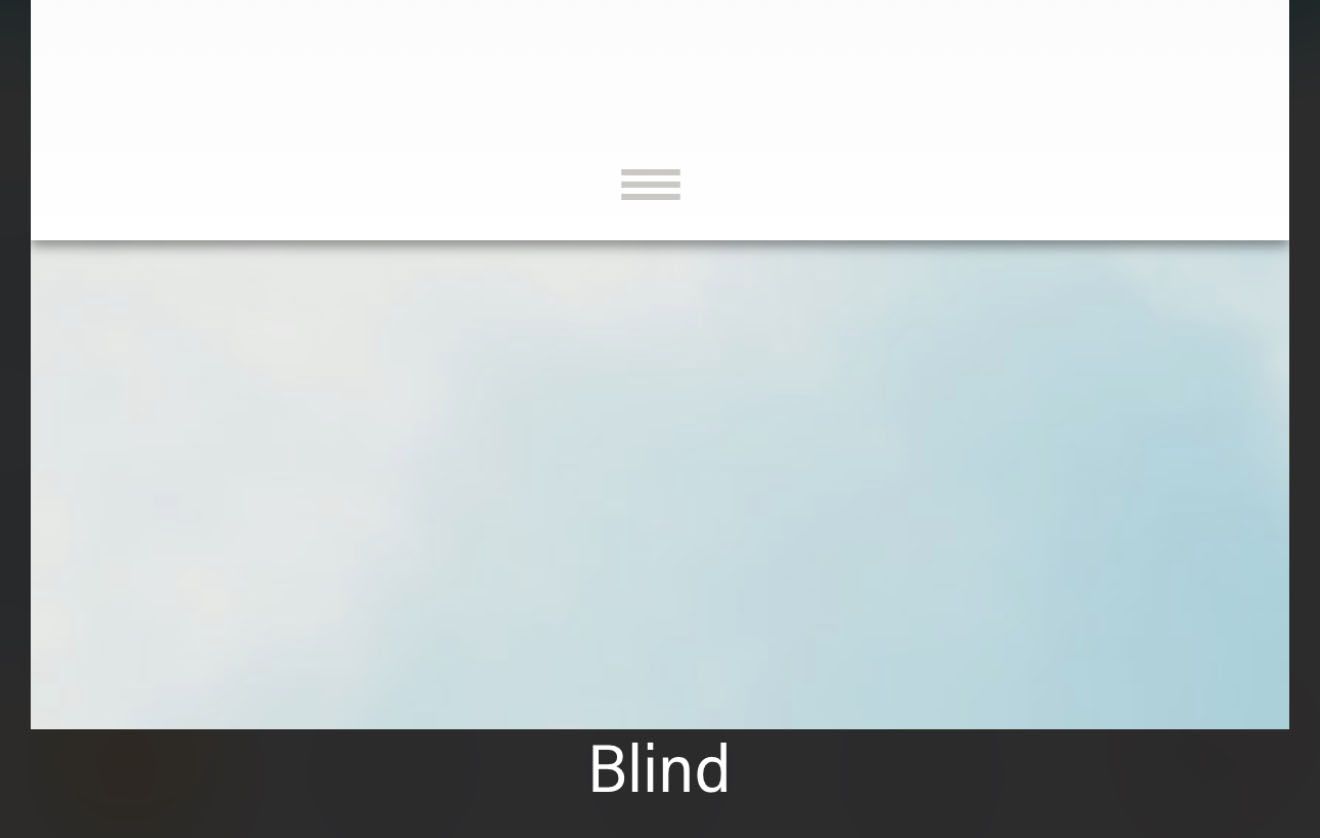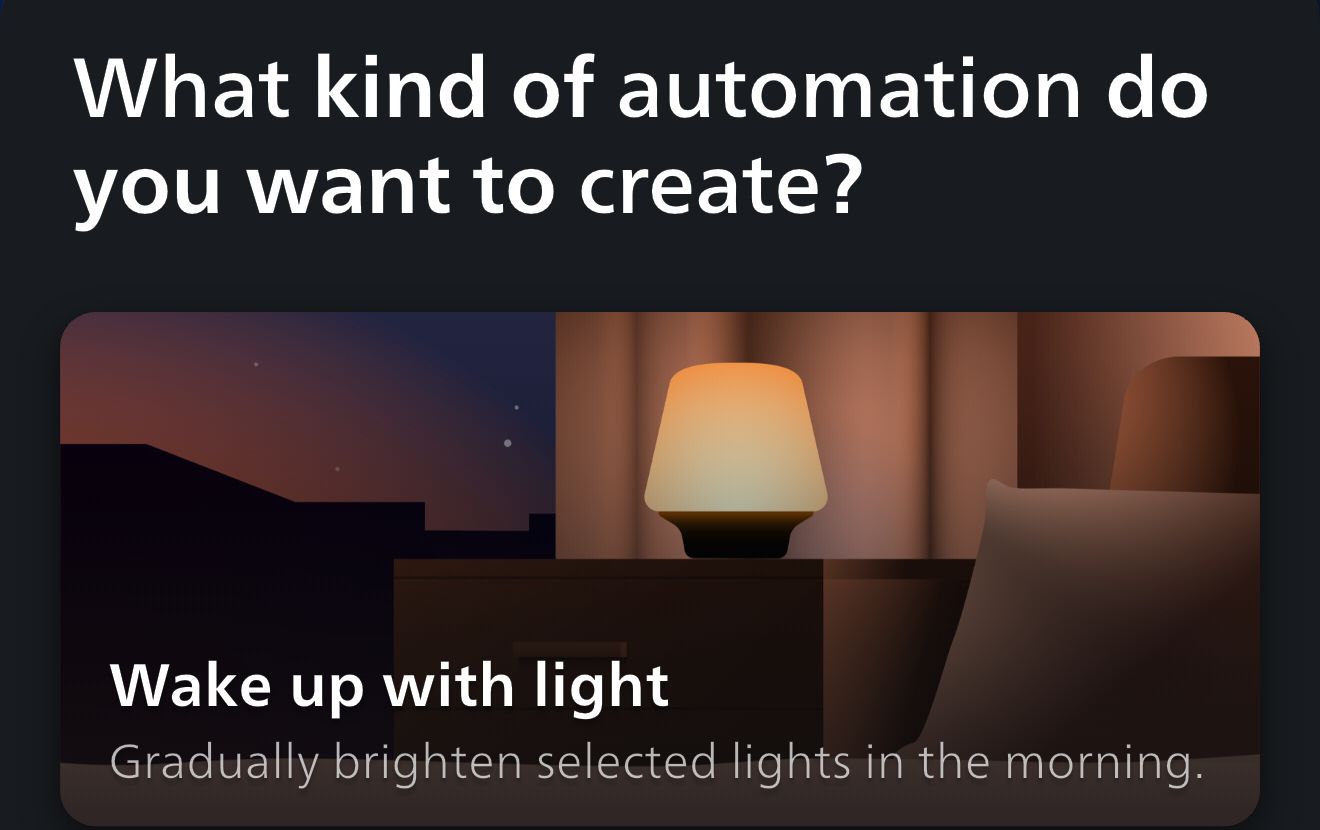Summary
- Roughly a third of adults suffer from significant sleep loss, leading to a range of physical and mental health issues.
- Wearable technology like the Oura Ring can accurately track sleep quality and quantity, providing detailed data for analysis.
- Utilizing smart home features like lighting, heating, and blinds can help create an optimal sleep environment and improve your sleep patterns.
About one in three people suffer from sleep deprivation, with significant consequences for both physical and mental health. Smart tech has helped me get more and better-quality sleep—here’s how.
Sleep Deprivation Is Common, and Dangerous
Studies show that around a third of adults suffer from “significant sleep loss,” which is all the more worrying when you consider the potentially dangerous consequences of getting less sleep than we need.
Loss of concentration through fatigue has been cited as a factor in 10% of fatal car crashes, and a massive 57% of fatal truck accidents. Sleep deprivation can also lead to a wide range of psychological problems, including anxiety, depression, paranoia, and even suicidal thoughts.
Insufficient sleep can also significantly impact our physical health. It can reduce the production of antibodies and cytokines used by our immune system to fight infections. It can leave us more vulnerable to respiratory infections, from colds to chronic lung illness. It can be a factor in the development of diabetes, and it can reduce the body’s ability to repair tissue damage.
In short, there are plenty of reasons to treat a good night’s sleep as a priority, rather than something that can be sacrificed in order to fit other things into our lives.
How I Track the Quality and Quantity of My Sleep
There’s a range of technology that can track the quality and quantity of our sleep, including smart watches, rings, and mattress pads. I started out using an Apple Watch. The charging time is sufficiently fast that it’s practical to wear one overnight for sleep tracking, charge it while you shower and have breakfast, and then put it back on for the rest of the day. In my case, I upgraded to a new Watch and held onto my older one (by then worth very little) as a dedicated sleep tracker.
However, I’d noticed that the Watch would often think I was asleep when I was instead lying awake in bed, so I tried an Oura Ring, which claimed to offer superior accuracy. My own tests quickly confirmed this, and I subsequently ended up making the switch.
The Oura app also provided better quality data on my sleep. Opening the smartphone app triggers it to download sleep data from the ring, and present a detailed report, starting with key stats and an overall sleep score. This example is when I made a point of having an early night after getting too little sleep the night before:
This is followed by a detailed analysis of the factors that make up my sleep score. You can see in this case that it detected that I was somewhat restless, tossing and turning in my sleep, but all other factors were good:
Next comes a trend report and breakdown of my sleep cycles:
One of my key learnings from sleep tracking has been that we all wake multiple times in the night. Often this is so briefly that we don’t recall it in the morning, but if we do find ourselves lying awake, it’s nothing to worry about.
In most cases, we will drop back to sleep if we simply avoid the temptation to start reading or, worse, pick up our phone. Simply knowing that cycles of waking in the night are normal can help us avoid the trap of worrying that we’re not asleep and that anxiety then preventing us from sleeping.
Finally, the app shows O2 saturation levels, and a report on breathing patterns and heart rate:
A quick check-in on my sleep data has now become a standard part of my morning, and that ensures that I’m treating it as a priority and seeing any issues of concern before they develop into a pattern.
Sleep Data Means Personalized Recommendations
Another thing the Oura app provides is personalized sleep recommendations. By tracking a range of factors like the times you go to bed and wake, and correlating this with the quality and quantity of sleep achieved, it can work out your optimal sleep times. It then presents these as a recommendation.
The app also pops up notifications for a recommended time to start winding down before going to bed.
Smart Lighting Helps My Circadian Rhythms
Our minds and bodies have evolved to respond to light to form a sleep pattern. Sunrise signals that it’s time to wake, the blue-hued lighting we get when the sun is high in the sky stimulates concentration, and the dimmer and more yellow-hued lighting of sunset signals that it’s time to relax in preparation for sleep.
These natural patterns are what underpin the recommendations you’ll often see to avoid blue light close to bedtime. The idea is to mimic what we experience with daylight, exposing ourselves to dimmer lighting at a warmer color temperature in the evening—yellows rather than blues.
Fortunately, smart light bulbs make this very easy, and apps will often provide an option for automatically adjusting the color temperature to suit the time of day. In Apple’s Home app, for example, Adaptive Lighting is available as a standard feature for all lighting with color temperature adjustment.
All you do is tap the light to bring up the color or color temperature control, then tap the Adaptive button on the left (with a sun symbol). With this set, the color temperature will adjust automatically according to the time of day.
Smart Heating Sets the Optimum Temperature for Sleep
Just as there are optimal lighting conditions for promoting sleep, so too are there ideal temperature patterns. While individual temperature preferences may vary (some people run hot at night, others cool, and Murphy’s Law ensures that every couple comprises one of each), the general advice is to significantly reduce the temperature of your bedroom when sleeping.
As an example, I generally like a room temperature of 71F (22C), but have my smart heating set to reduce this to 61F (16C) at bedtime. The ideal temperature range for sleep is commonly cited as 59 to 66F (15 to 19C).
Of course, you don’t need smart heating to do this: most standard programmable thermostats support at least two temperature cycles per 24-hour period.
Smart Blinds and Smart Lighting Wake Me Gently
Finally, if you have smart blinds or smart lights in your bedroom, you can use these as a much gentler alternative to an alarm clock.
I have my smart bedroom blind set to open around 20% of the way when it’s time for me to wake. This lets in enough light to have me wake as soon as I’m in one of my lighter sleep cycles. Once it’s time for me to actually get out of bed, it opens fully.
In winter, when it will still be dark, I run a sunrise simulation with my bedroom lights. In the Philips Hue app, just tap the Automations button and then “Wake Up With Light.” This will then prompt you to choose the lights you want to include.
Sleep tracking can be a powerful way to learn about your sleep patterns and make the necessary changes to ensure that you get enough high-quality sleep. You can also use smart home tech to create the optimum environment for a good night’s sleep.
Do you often feel groggy in the mornings? Try using wake-up windows to rise at the optimal time.


